Growth in Consumer Goods
The growth in the consumer goods sector in APAC is emerging as a vital driver for the industrial rubber market. As the population continues to expand and consumer preferences evolve, there is an increasing demand for a variety of products, including household items, electronics, and packaging materials. The consumer goods market in APAC is expected to grow at a CAGR of around 6% through 2025. Rubber is widely used in the production of various consumer goods, such as flexible packaging, rubber bands, and protective casings. This growth in consumer goods is likely to create new opportunities for the industrial rubber market, as manufacturers seek to innovate and enhance product offerings to meet consumer demands.
Infrastructure Development
The ongoing infrastructure development across the APAC region is a crucial driver for the industrial rubber market. Governments are investing heavily in transportation, energy, and urban development projects, which require durable and high-performance rubber products. For instance, the construction of roads, bridges, and railways necessitates the use of rubber for various applications, including seals, gaskets, and vibration dampers. The APAC region is expected to witness a compound annual growth rate (CAGR) of approximately 5.5% in infrastructure spending over the next few years. This growth is likely to bolster the demand for industrial rubber products, as they play a vital role in ensuring the longevity and efficiency of infrastructure projects. Consequently, the industrial rubber market is poised to benefit significantly from this trend, as the need for reliable materials becomes increasingly paramount.
Automotive Sector Expansion
The expansion of the automotive sector in APAC is a significant driver for the industrial rubber market. With rising disposable incomes and urbanization, the demand for vehicles is increasing, leading to a surge in automotive production. In 2025, the automotive industry in APAC is projected to reach a market value of over $1 trillion. Rubber components, such as tires, seals, and hoses, are essential for vehicle performance and safety. As manufacturers strive to meet stringent safety and environmental regulations, the demand for high-quality rubber products is likely to rise. This trend indicates that the industrial rubber market will experience robust growth, driven by the automotive sector's need for innovative and durable rubber solutions.
Regulatory Compliance and Standards
Regulatory compliance and standards are becoming increasingly important drivers for the industrial rubber market in APAC. Governments are implementing stringent regulations regarding product safety, environmental impact, and quality assurance. These regulations necessitate that manufacturers adhere to specific standards, which often require the use of advanced materials and production methods. For example, the introduction of new environmental regulations may compel manufacturers to develop eco-friendly rubber products. This shift towards compliance is likely to drive innovation within the industrial rubber market, as companies invest in research and development to meet regulatory requirements while maintaining competitiveness.
Technological Innovations in Manufacturing
Technological innovations in manufacturing processes are significantly influencing the industrial rubber market in APAC. Advancements in automation, material science, and production techniques are enabling manufacturers to produce high-quality rubber products more efficiently. For instance, the adoption of 3D printing technology is allowing for the rapid prototyping of rubber components, reducing lead times and costs. Furthermore, the integration of smart manufacturing practices is enhancing production capabilities and ensuring consistent quality. As these technologies continue to evolve, the industrial rubber market is likely to benefit from increased productivity and reduced operational costs, positioning it favorably in a competitive landscape.


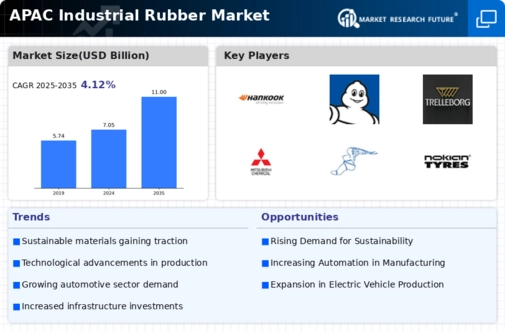
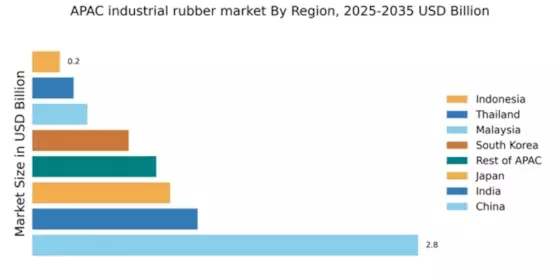
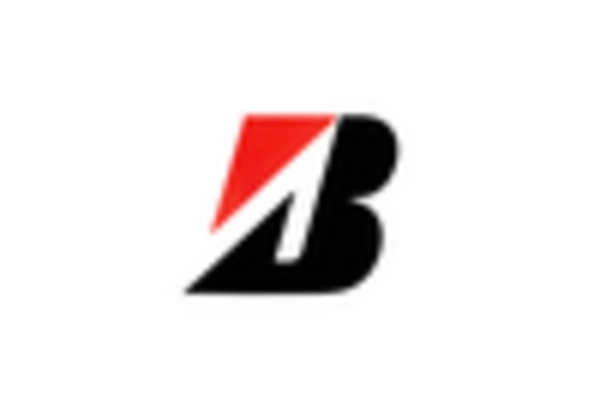
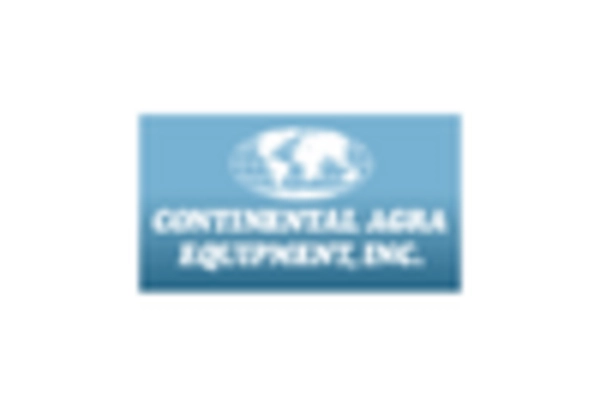
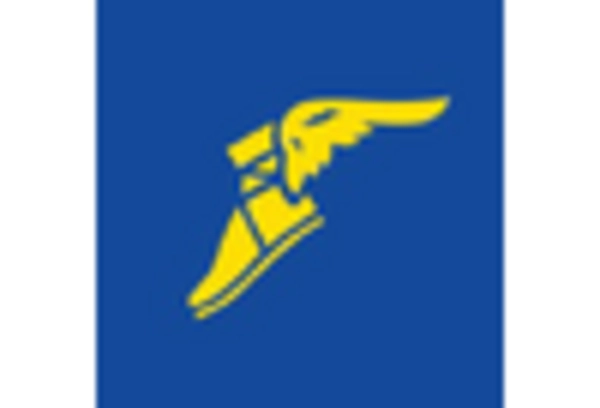
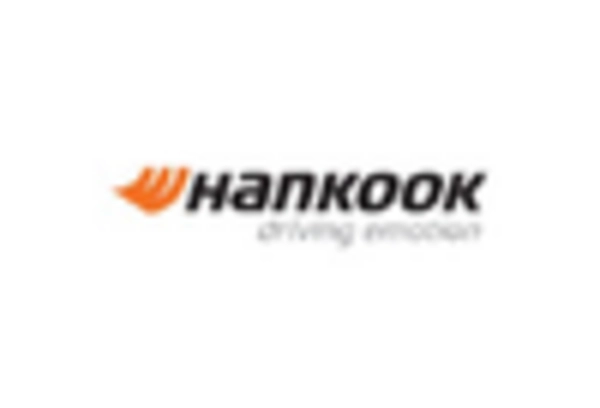
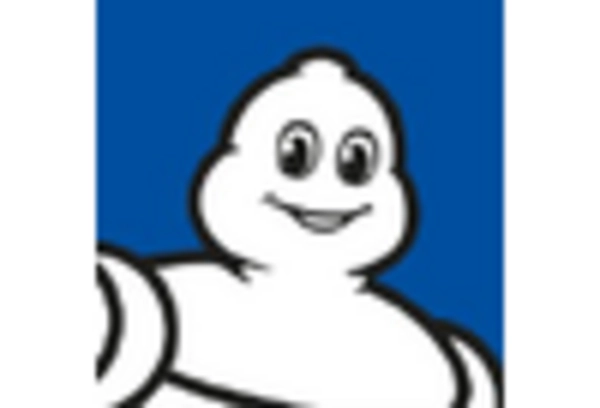
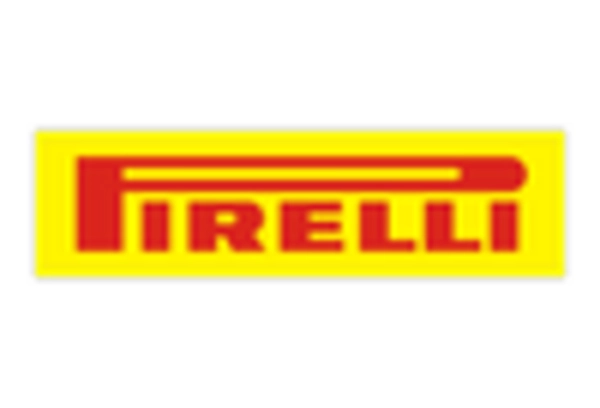








Leave a Comment